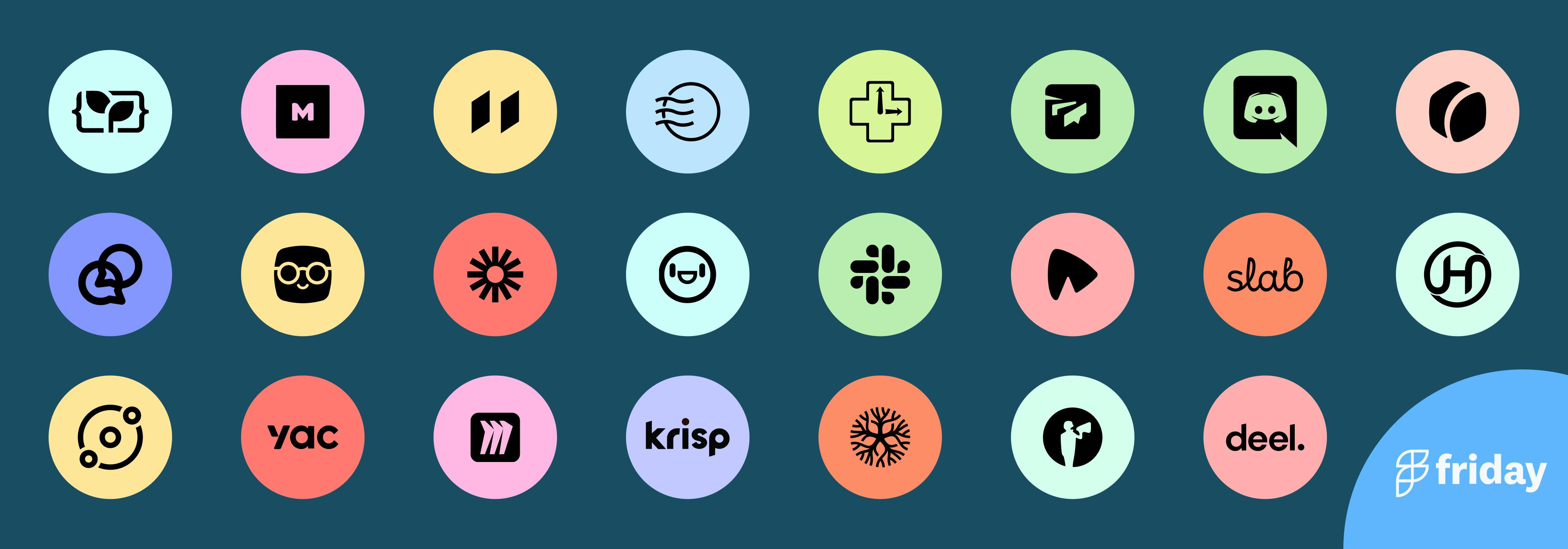Friday 2.0: An asynchronous operating system for working from anywhere
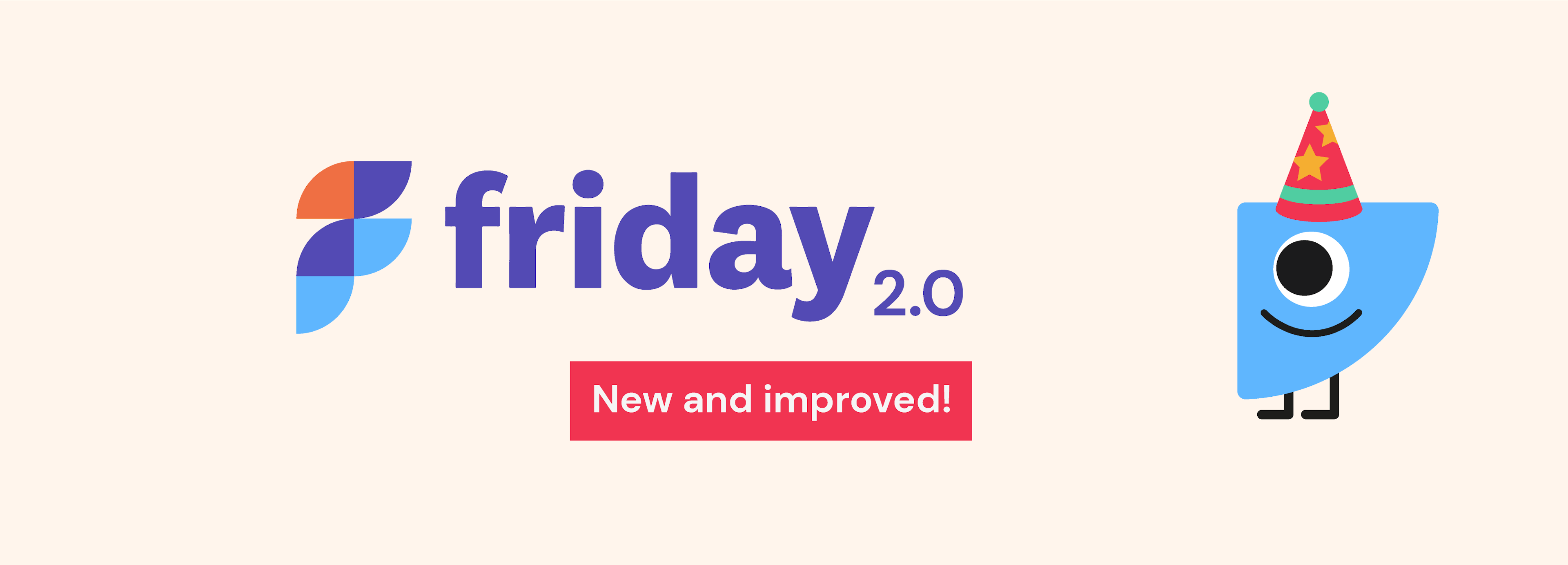
Quick note: Friday 2.0 is featured on ProductHunt today. If you get the chance to leave a comment and share your support, we'd greatly appreciate it :)
Almost one year ago, we publicly launched Friday. At the time, it seemed obvious that the United States would enter some type of lockdown and force people to work from home for a few weeks. We expected people would be searching for tools to work remotely, so we wanted to be top of mind.
What has unfolded over the last year has been surreal and much different than what we originally expected.
Before the pandemic, 5% of the US workforce worked remotely. Now, estimates indicate that 35% of the workforce will be full-time remote when the pandemic is over.
We are seeing organizations like Facebook, Microsoft, Salesforce, and others offer the ability to work from anywhere. Historically, they forced their employees to commute to the office every day. We are seeing a tectonic shift happening right now.
The secret of the remote work movement
If we unpack what's causing this shift, we need to dig beneath the surface-level arguments and conversations about remote work.
It turns out, the remote work movement is not actually about working from home. It's about creating a more flexible work environment, which is a key distinction.
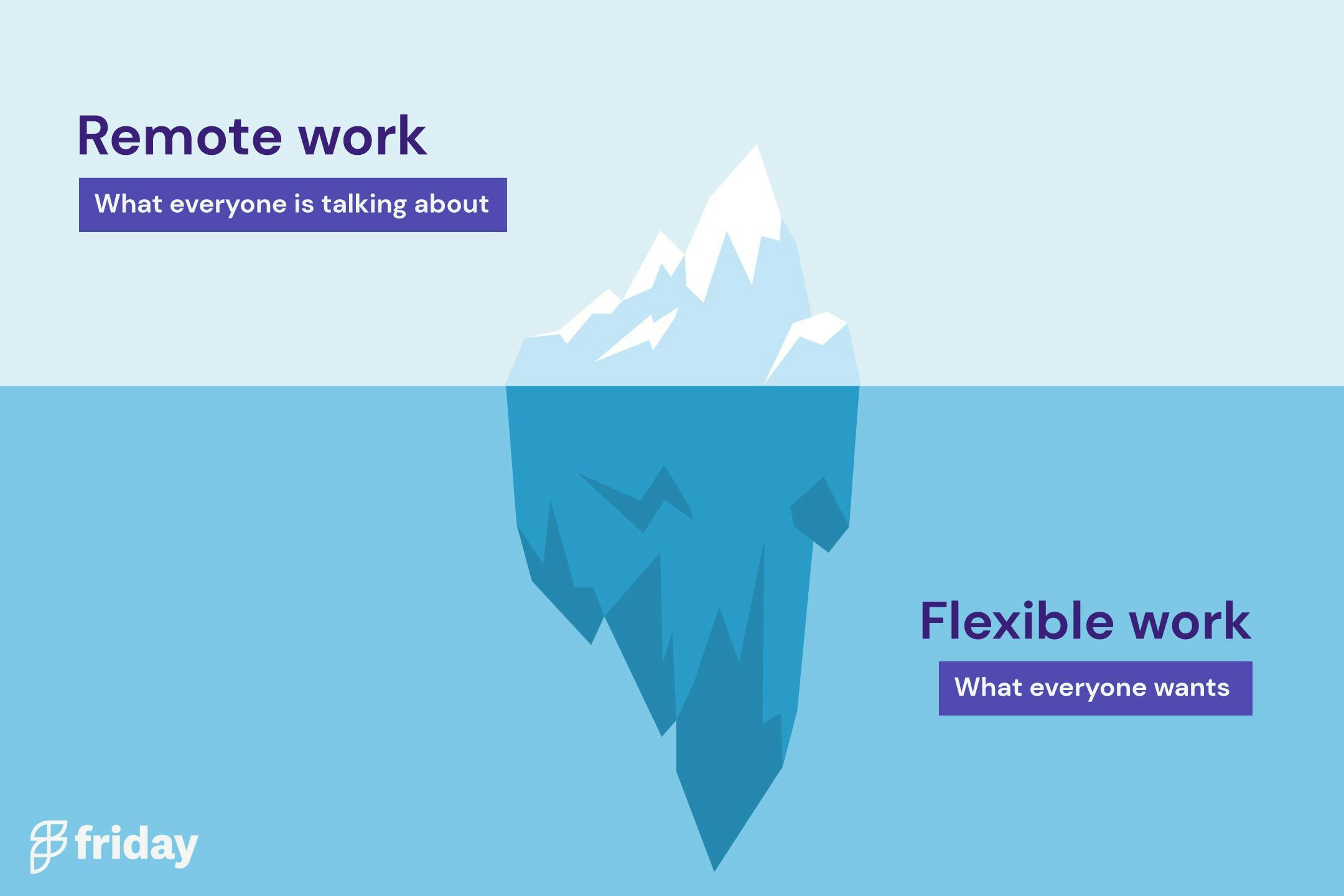
As someone who’s worked “remotely” for several years, I like working remotely because it can create a more flexible work environment that allows me to better integrate work and life. When implemented correctly, I'm able to work when I'm most productive, which helps me do my best work. A recent study from Buffer illustrates this point:
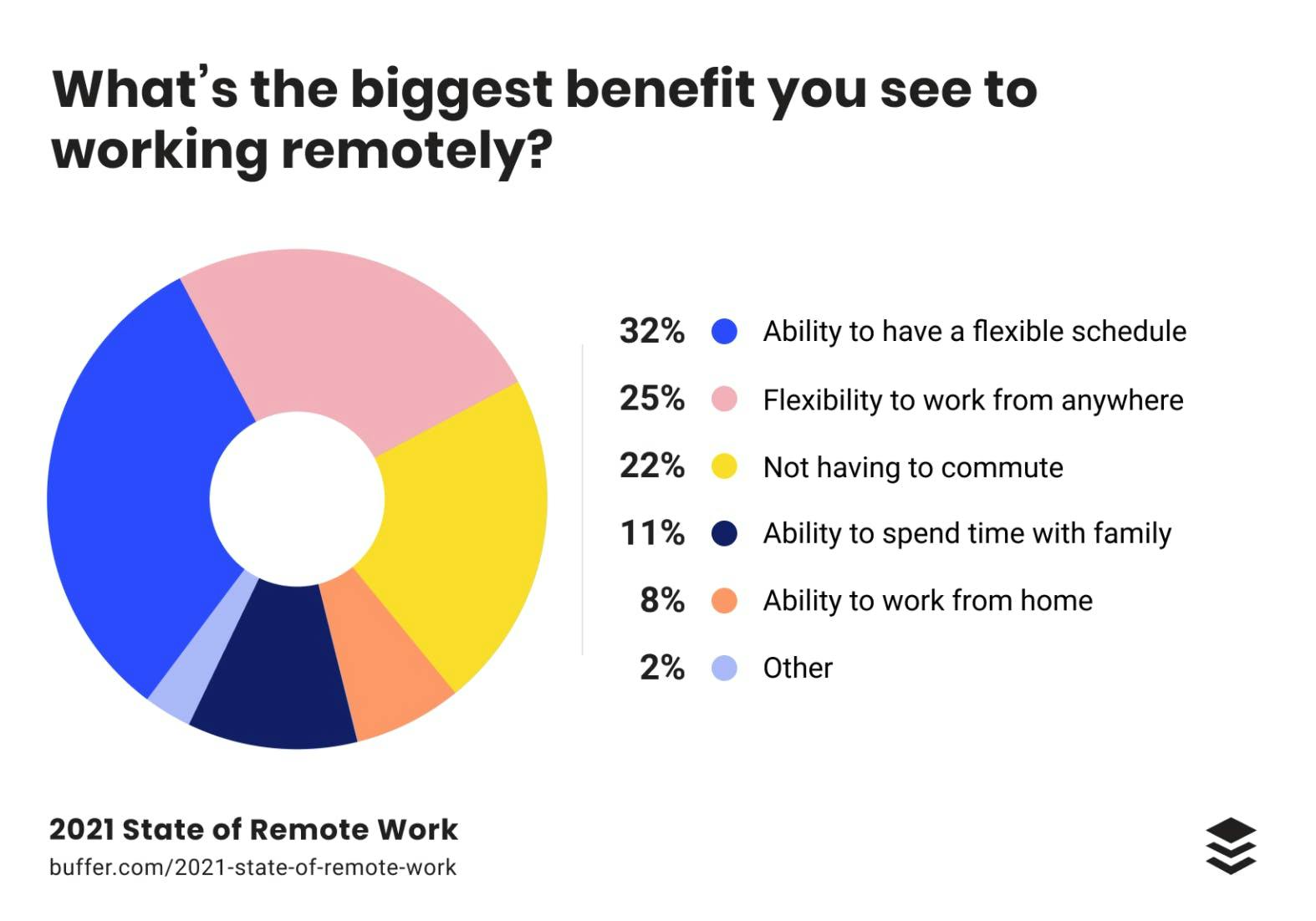
A more flexible work environment creates a win-win for the employee and company. The employee is able to structure their day and maximize their productivity, while the employer is able to capture the benefits.
It's exactly what Peter Drucker outlined in the late 1990s:
Six major factors determine knowledge-worker productivity...It demands that we impose the responsibility for their productivity on the individual knowledge workers themselves. Knowledge Workers have to manage themselves. They have to have autonomy.
The organizations that change and re-architect the way they operate will have an unfair advantage. They will be able to hire people from anywhere. They will be able to create a great place to work that's also highly productive. Each person will be able to do their best work
So what's holding us back from making this shift?
Problems exist and existing tools aren't helping us make the transition
As individuals, teams, and organizations try to navigate this transition to a new way of working, they encounter a host of problems that stem from no longer working together in the same place.
I've listed a few major issues below:
- It's easy to feel disconnected and unaware of what others are working on. This is especially true for leaders.
- It can be easy to treat coworkers like robots because you don't know them
- You may procrastinate and waste time browsing social media or buying stonks
- You may feel overwhelmed by endless notifications in Slack or Teams
- You may experience Zoom fatigue due to endless meetings that should not exist
You may notice that some of these problems above are caused by the tools that are supposed to be helping us make this shift!
So what options do we have?
High-performing all-remote companies show us the way out
If we want to navigate this transition to working from anywhere, we need to look at what the best companies have done to master this new mode of work. You know, companies like Automattic, Gitlab, Zapier, Stripe, Shopify, and others. The ones we read about all the time in the news who have been doing this for years.
It turns out, nearly every single forward thinking company has invested in their own internal tool to help.
- Stripe has Home
- Zapier has Async
- Shopify has Vault
- Gitlab has their handbook/wiki product
- Automattic has P2
These organizations have created an asynchronous home for the most important stuff at work.
It's not a workplace chat tool with endless notifications.
It's not a virtual office where you can annoy your co-workers and walk around like you are a character in the Sims.
It's not a project management tool either. It's a place where you can share regular updates, shout-outs, progress on goals, and learn a bit more about the people that you work with.
Many of these organizations have dedicated internal teams that build and maintain their own tooling. As for you, you probably can't afford to do that.
So what do you do?
Friday 2.0: an asynchronous operating system
At Friday, we're building an asynchronous operating system for working from anywhere. It's a place where you can go to roadmap your day, automate routine updates like daily standups or weekly updates, and see what's going on at work.
Friday is not a replacement for workplace chat, Zoom, or project management tools.
Instead, we integrate with them and glue the important work together in one place.
We've built Friday so you, your team, or the entire company can get started in a few minutes.
Friday is completely asynchronous too. We’re leaning into what makes working from anywhere great vs. running against it.
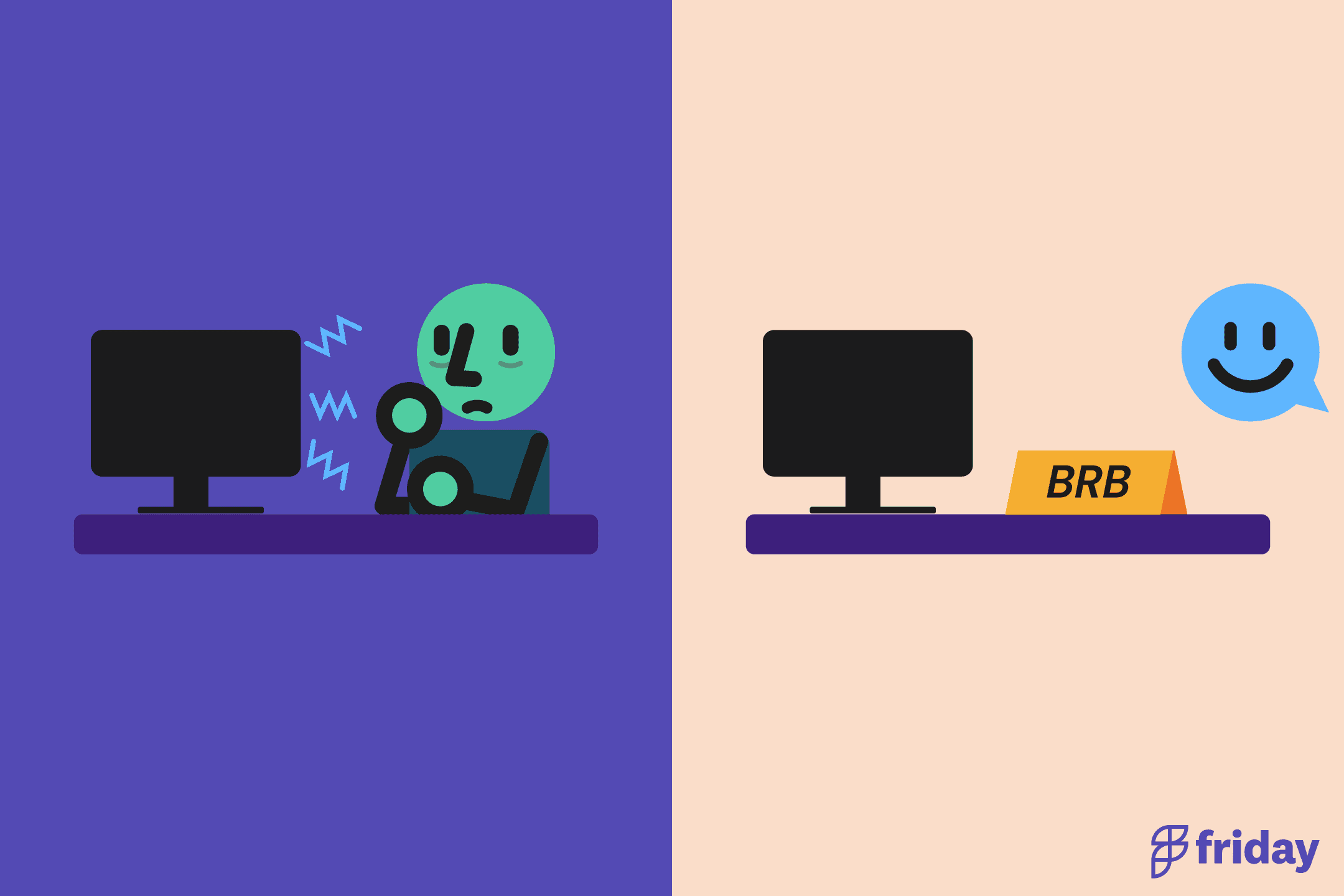
Curious how it all works? Learn more below:
Daily Planner: Win the workday
Easily jump into Zoom calls with a single click without visiting your calendar. See your meetings and tasks together in one place. Roadmap your day, create focus time, and block distracting websites and Slack notifications. The Friday daily planner acts like a command center for your day.
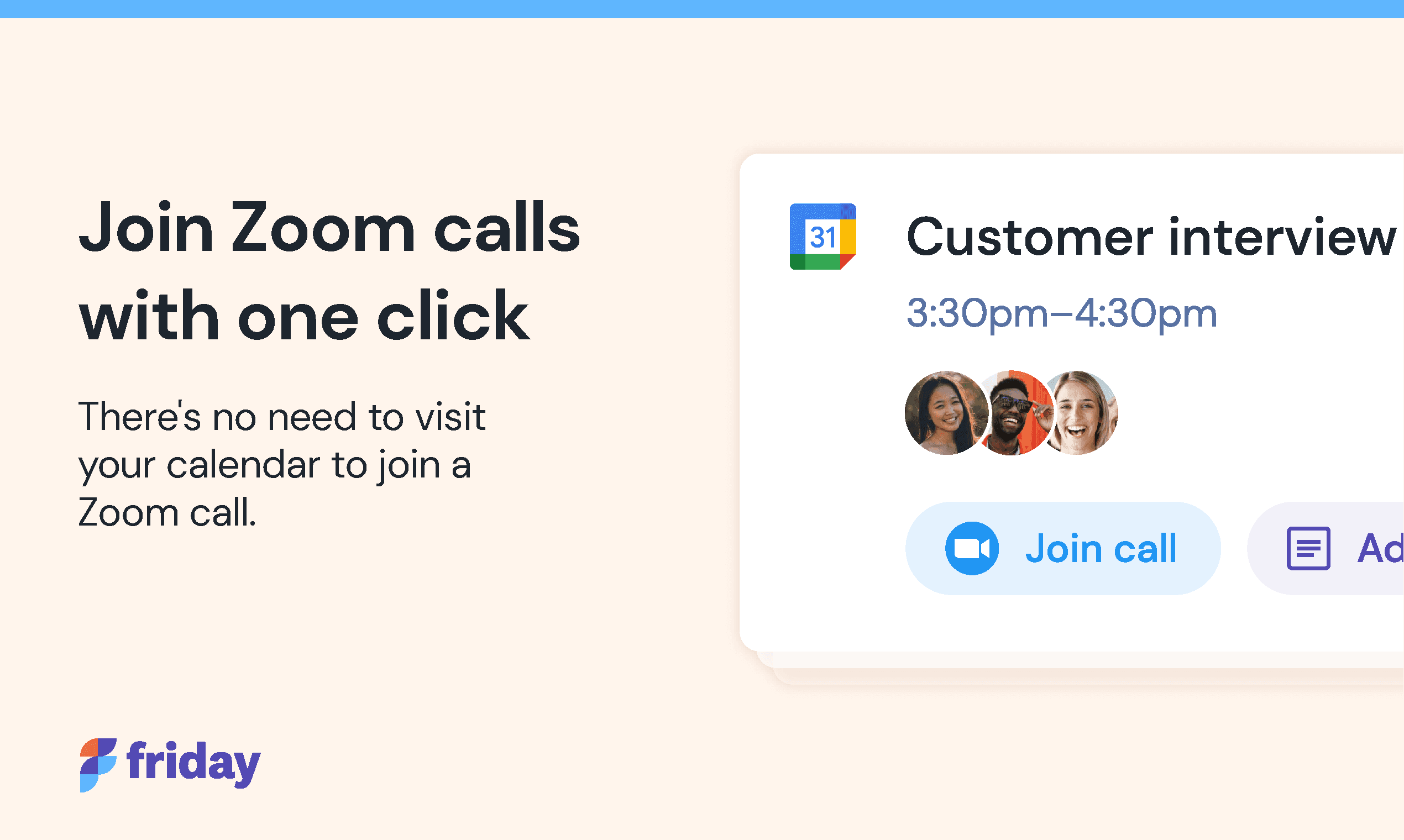
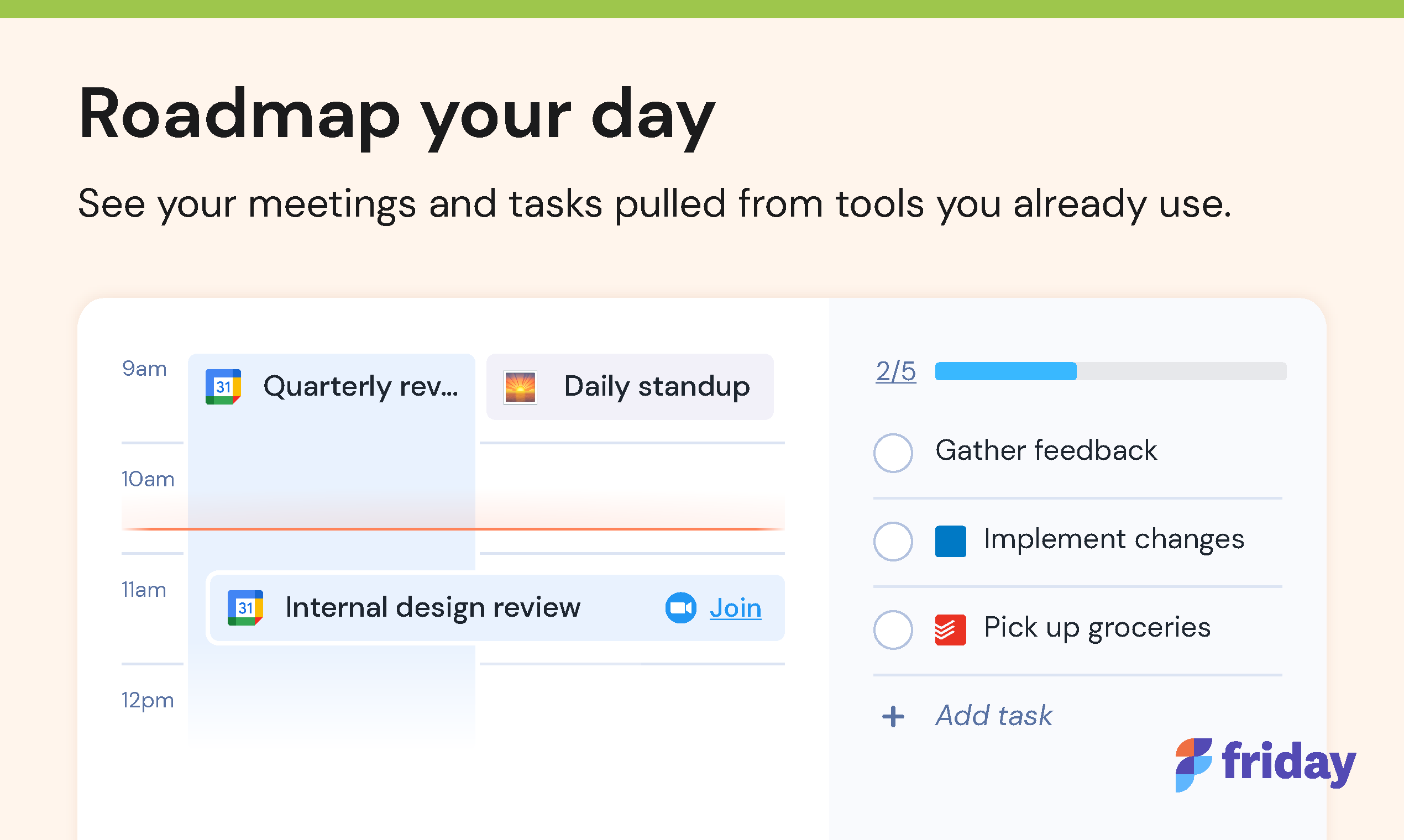
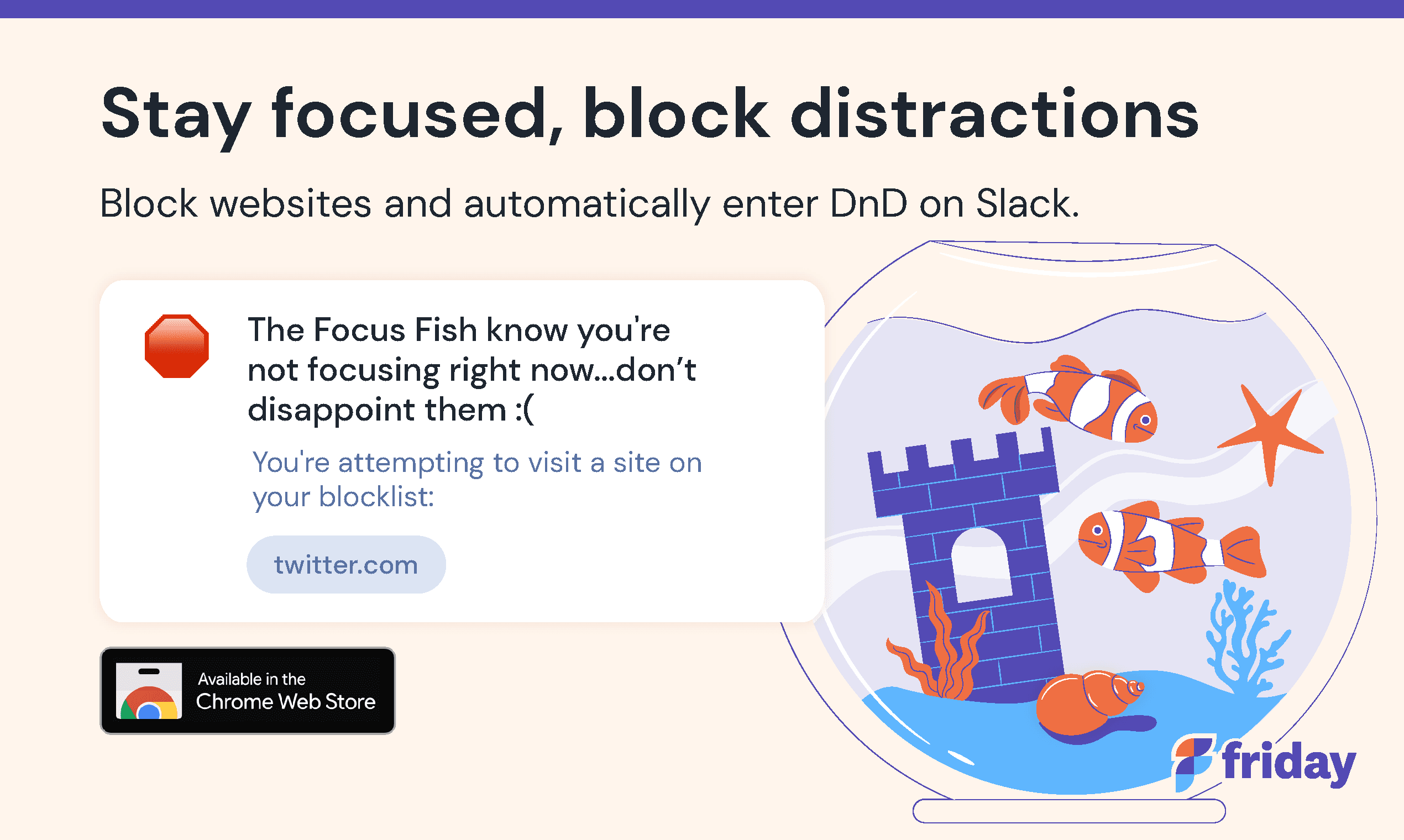
Routines: Automate routine updates
Share your work on a regular basis. Eliminate meetings that should have been an email. Friday helps you automate daily standups, status updates, weekly updates and anything else you can dream up.

If you automate updates, you will spend less time in meetings, but still know what's going on at work. Friday handles the heavy lifting and turns sharing your work into a repeatable habit.
Integrations: glue the work together in one place
Friday is a place where the most important stuff is pulled together in one place and plays nicely with existing systems. It's like a coordination layer that sits on top of the tools you already use, helping separate the signal from the noise.
Friday integrates with many apps that you already use, like Slack, Teams, Asana, Github, and so much more.
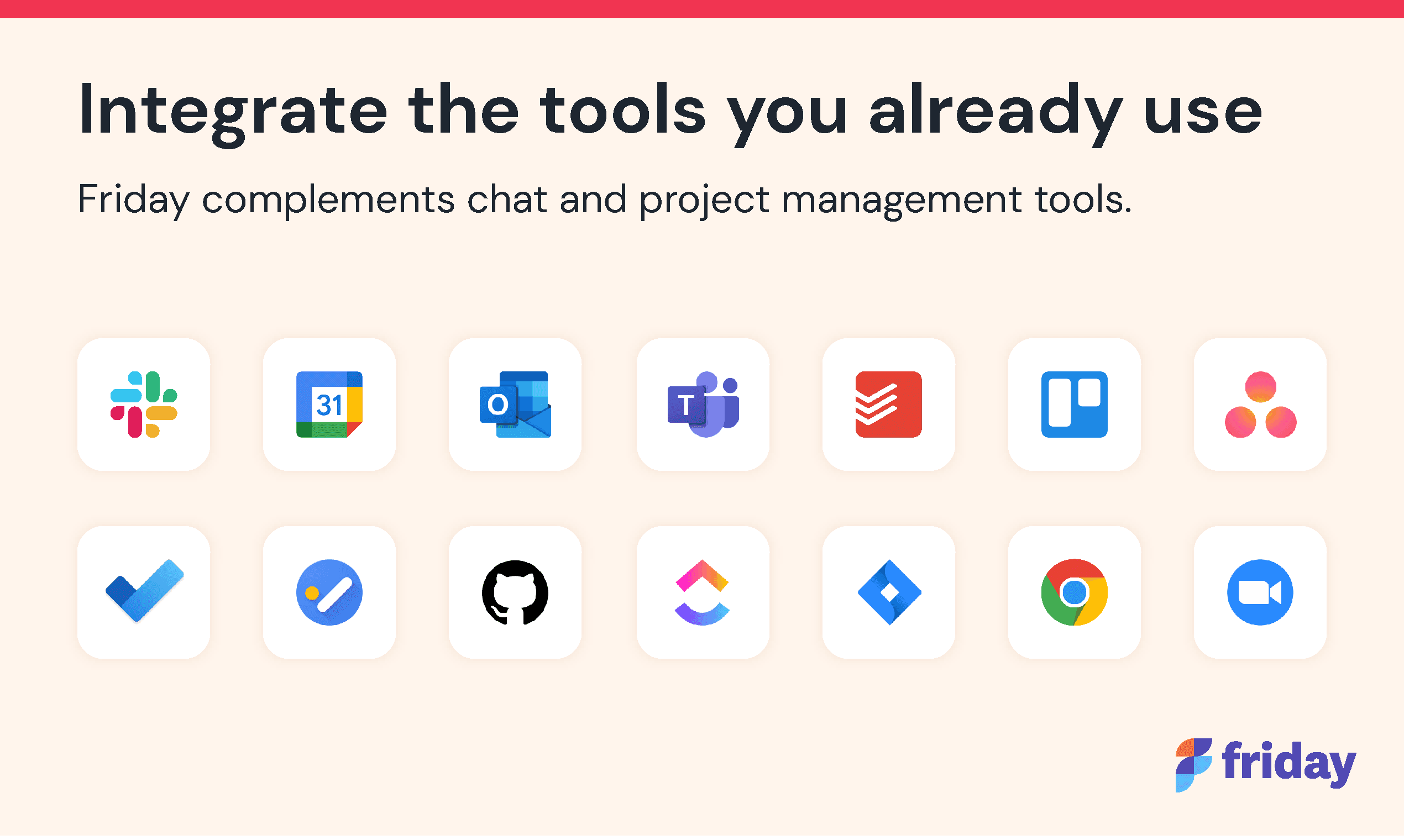
Power-ups: Customize your own operating system for remote
We also offers the ability to stack on advanced functionality for your team or company through add-ons. These are like lego building blocks that keep the Friday experience uncluttered, yet customizable for your specific needs. We offer the following add-ons with more on the way:
- Kudos - say thanks on a more regular basis when sharing updates
- Icebreakers - Learn a bit more about the people that you work with. Asynchronously replicate the feeling of the water-cooler.
- Goals - Keep track of key priorities and initiatives. Don't let your OKRs collect dust in a spreadsheet or a tool that no one wants to use.
- Ideas - solicit ideas for improving the team or company
Your company and processes are unique. Your tools should adapt to existing behavior vs. the other way around.
Wrapping up: The workplace of tomorrow won’t be built by the tools of the past
In conclusion, Friday is the asynchronous operating system that powers working from anywhere, because you need a new system for operating from anywhere.
There’s no need to hire your own team of engineers to build your own solution. Friday helps you accelerate this shift towards a more flexible and asynchronous workplace in weeks instead of years.
We can’t expect the tools of the past to solve the problems you face right now. They were built for an old way of working by people who worked together in the same room.
The future of work is a more flexible workplace. We’ll help you figure this new operating model in less time and with less stress. You can get started for free.

